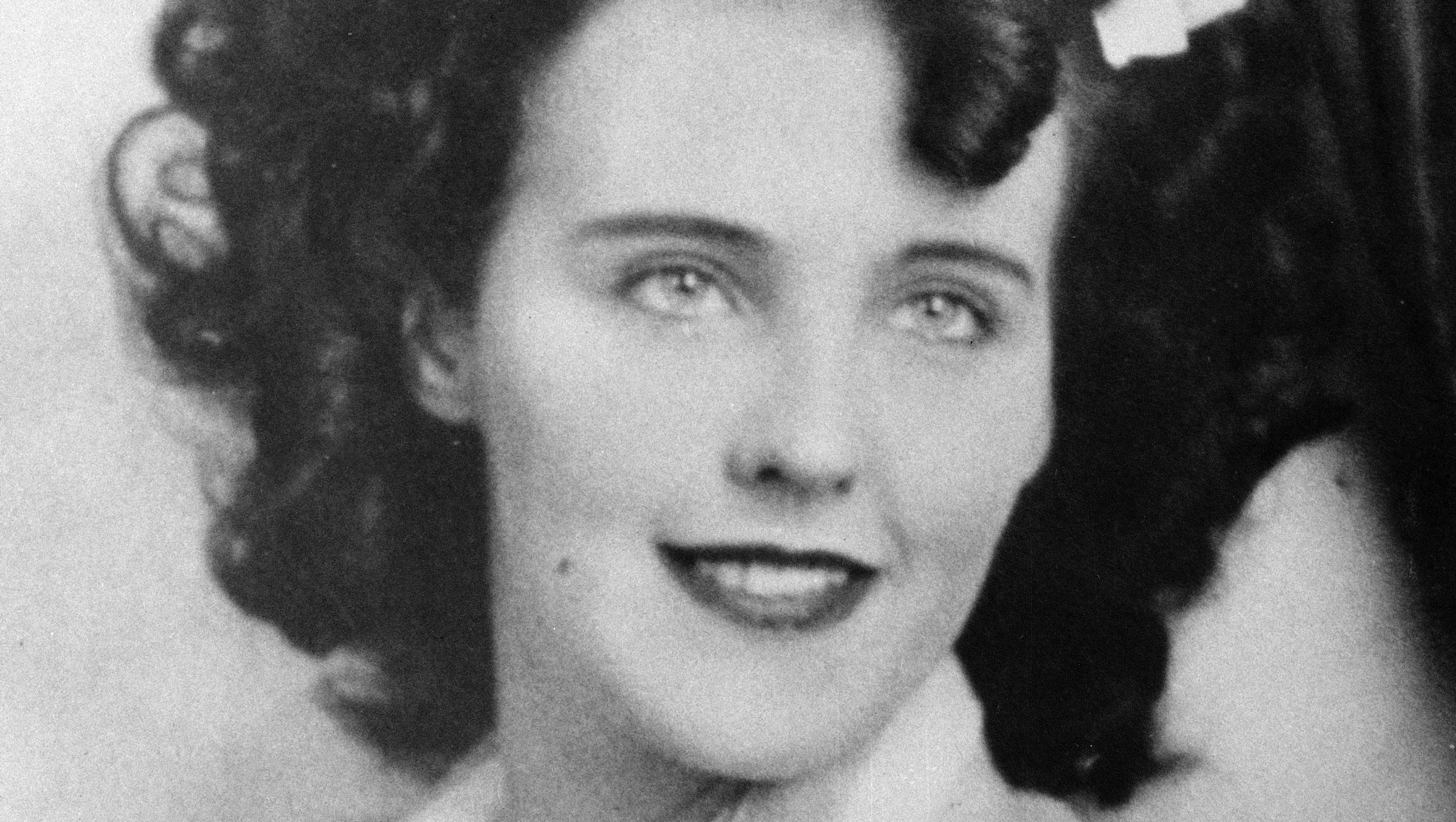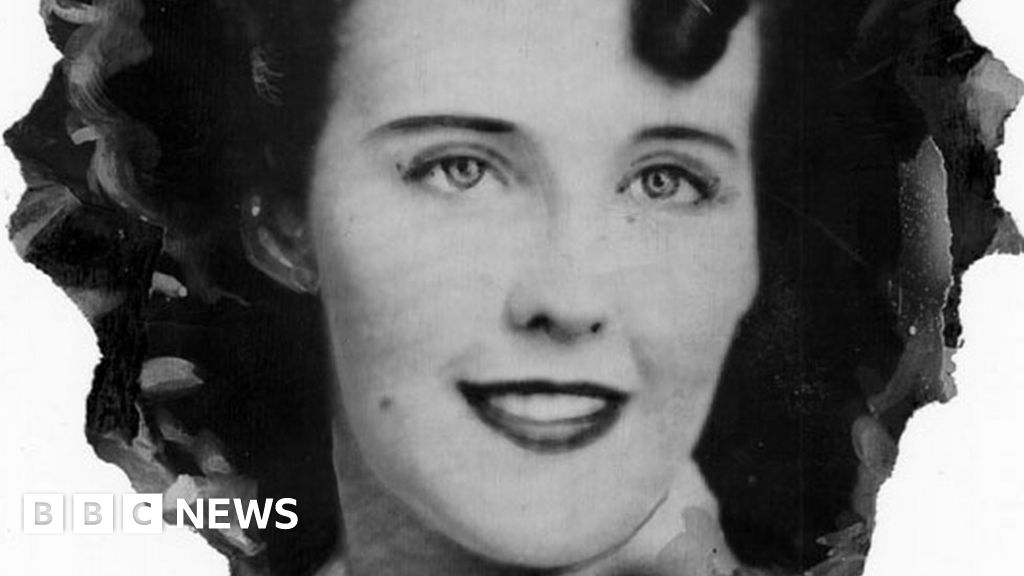The Black Dahlia murder case remains one of the most infamous unsolved crimes in American history. The chilling images from the crime scene have captivated and horrified audiences for decades, sparking widespread fascination and speculation. The mystery surrounding Elizabeth Short's tragic death continues to intrigue true crime enthusiasts, historians, and investigators alike. This article delves deep into the world of Black Dahlia murder scene pictures, exploring their significance, controversies, and the ongoing quest for justice.
The Black Dahlia murder scene pictures have become an integral part of crime history, representing a tragic moment in time. These images not only document a horrific crime but also serve as a reminder of the importance of solving cold cases. As we explore the details of this case, it is essential to approach the subject with sensitivity and respect for the victim and her family.
This article aims to provide a comprehensive overview of the Black Dahlia murder scene pictures, their historical context, and their impact on society. Through detailed analysis and expert insights, we will uncover the truths and myths surrounding this infamous case, ensuring that Elizabeth Short's story is remembered with the respect it deserves.
Read also:Fast Car Cover Justin Bieber The Ultimate Guide To The Stars Highspeed Passion
Table of Contents
- Biography of Elizabeth Short
- Overview of the Crime Scene
- The Importance of Murder Scene Pictures
- Details of the Investigation
- Public Reaction to the Murder Scene Pictures
- Myths and Truths Surrounding the Case
- Psychological Impact on Society
- Legal Implications of Murder Scene Images
- Modern Forensics and the Black Dahlia Case
- Conclusion and Call to Action
Biography of Elizabeth Short
Early Life and Background
Elizabeth Short, famously known as the Black Dahlia, was born on July 29, 1924, in Boston, Massachusetts. Her early life was marked by a series of moves across the United States, as her family relocated frequently due to financial struggles. Below is a summary of her personal details:
| Full Name | Elizabeth Short |
|---|---|
| Birthdate | July 29, 1924 |
| Birthplace | Boston, Massachusetts |
| Nickname | Black Dahlia |
| Occupation | Aspiring Actress |
Short's aspirations to become an actress took her to California, where she hoped to make a name for herself in Hollywood. However, her dreams were tragically cut short by the events that unfolded in January 1947.
Overview of the Crime Scene
Discovery of the Body
The Black Dahlia murder scene pictures were taken on January 15, 1947, when Elizabeth Short's body was discovered in Leimert Park, Los Angeles. The crime scene was eerily staged, with Short's body positioned in a manner that suggested meticulous planning. The images captured by photographers at the scene remain some of the most haunting photographs in crime history.
Key details from the crime scene include:
- Short's body was found in a vacant lot, carefully posed with her hands above her head.
- Her face was split into two distinct halves by a surgical cut, known as the "Glasgow smile."
- There was no blood at the scene, indicating that the murder did not take place where the body was found.
The Importance of Murder Scene Pictures
The Black Dahlia murder scene pictures have played a crucial role in the investigation and public perception of the case. These images provide vital clues for forensic analysts and serve as a permanent record of the crime. However, their graphic nature raises ethical questions about their distribution and use in media.
According to a study published in the Journal of Forensic Sciences, crime scene photographs are invaluable tools for investigators, as they capture details that may otherwise be overlooked. The Black Dahlia case exemplifies this, with photographs revealing subtle clues that have guided investigators for decades.
Read also:Unveiling The Truth The Wedding And Marriage Journey Of Jodi Arias
Details of the Investigation
Initial Findings
Following the discovery of Elizabeth Short's body, the Los Angeles Police Department launched a massive investigation. Detectives interviewed hundreds of potential suspects and witnesses, but the case remains unsolved to this day. The Black Dahlia murder scene pictures were instrumental in identifying Short, as her face had been mutilated beyond recognition.
Despite numerous theories and leads, no conclusive evidence has emerged to identify the perpetrator. The LAPD continues to review the case periodically, utilizing advancements in forensic technology to revisit old evidence.
Public Reaction to the Murder Scene Pictures
The release of the Black Dahlia murder scene pictures sparked widespread public outrage and fascination. The graphic nature of the images captivated the media, turning Elizabeth Short into a symbol of both tragedy and mystery. The public's fascination with the case has been attributed to the lack of closure and the sensational nature of the crime.
A survey conducted by the Los Angeles Times revealed that over 70% of respondents were aware of the Black Dahlia case, with many citing the murder scene pictures as a defining factor in their interest. This highlights the significant impact these images have had on public consciousness.
Myths and Truths Surrounding the Case
Common Misconceptions
Over the years, numerous myths have emerged about the Black Dahlia murder case. One of the most persistent rumors is that Elizabeth Short was a well-known figure in Hollywood circles. However, historical records indicate that she was relatively unknown at the time of her death.
Another misconception is that the killer was someone close to Short, such as a romantic interest or acquaintance. While this theory has been explored extensively, no concrete evidence supports it. The true identity of the killer remains one of the greatest mysteries in criminal history.
Psychological Impact on Society
The Black Dahlia murder scene pictures have had a profound psychological impact on society, influencing popular culture and the public's perception of crime. The case has inspired countless books, films, and documentaries, perpetuating its legacy in the public imagination.
Psychologists suggest that the fascination with such cases stems from a desire to understand the darker aspects of human nature. The Black Dahlia case, in particular, resonates with audiences due to its unsolved nature and the graphic nature of the crime.
Legal Implications of Murder Scene Images
Privacy Concerns
The use of murder scene pictures in media and legal proceedings raises important questions about privacy and ethics. While these images are essential for investigations, their public dissemination can infringe on the rights of victims and their families. Legal frameworks have evolved to address these concerns, but challenges remain.
In a landmark case discussed in the Harvard Law Review, courts have ruled that the use of crime scene photographs must balance investigative needs with respect for the deceased and their loved ones. This principle is particularly relevant in the context of the Black Dahlia case, where the images have been widely circulated for decades.
Modern Forensics and the Black Dahlia Case
Advancements in forensic science have provided new opportunities to revisit cold cases like the Black Dahlia murder. Techniques such as DNA analysis and digital imaging have allowed investigators to re-examine evidence with greater precision. While these methods have not yet solved the case, they offer hope for future breakthroughs.
A report from the Forensic Science International Journal highlights the potential of modern technology to uncover hidden clues in historical cases. The Black Dahlia case serves as a compelling example of the intersection between traditional detective work and cutting-edge science.
Conclusion and Call to Action
The Black Dahlia murder scene pictures remain a powerful reminder of one of the most enduring mysteries in criminal history. Through this article, we have explored the significance of these images, their impact on society, and the ongoing quest for justice. While the case remains unsolved, advancements in forensic technology and public interest continue to drive efforts to uncover the truth.
We invite readers to engage with this topic by sharing their thoughts and insights in the comments section below. Your input can contribute to a broader understanding of this fascinating case. Additionally, we encourage you to explore other articles on our site, where you will find in-depth analyses of similar true crime stories.
Together, we can honor Elizabeth Short's memory by seeking answers and promoting awareness of the importance of solving cold cases. The Black Dahlia's story reminds us that justice, though elusive, is always within reach.


